Virginia Woolf, Peter Quennell, and the Importance of Time by Lilly D.
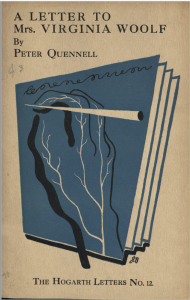
Front of the published letter
What stands out to me initially about this letter to Virginia Woolf is that this letter is not immediately related to Woolf’s stories or novels, let alone the stories we read for class. Rather, this letter represents a separate correspondence. In this letter, Peter Quennell responds to Virginia Woolf after he has received a letter from her about a poet’s work. However, this letter offers interesting insight into the Woolf’s commentary on other writers at the time as well as it gives insight to opinions held on literature of the time.
The conversation ignited in this letter ties back to the conversations we held about Woolf’s work as well as people all around the world. The letter delves into the idea of how literature and writing generally have shifted and changed throughout time with the changes and shifts in society. This ties back into Woolf’s works on a large scale because Woolf often toys with the concept of time in her works as well as the passage of time. She casts doubts on the passage of time and often manipulates how it seems to function in her works. Woolf also takes major moments and periods of time and uses them as contrasting elements in her works to further develop an increased importance of the concept of time. In the story, “The Mark on the Wall”, Woolf consistently makes the actual timing in the story uncertain, however, she makes sure that the role of time does not lose its meaning by having conversations and remarks within the story that bring to light the shifts in technology, history, and cultural ideals over time. The letter ties back to this because it too greatly gets at the importance of time, even in its uncertainty, and how it leads to shifts in cultural norms and expectations.
The themes of time and changing societies can also be observed in “A Haunted House” with the frequent discussions of how life has changed after WWI as well as with the use of this story being a ghost story of sorts. The ghost is a representation then of the merging of the past and the present and the general melding of time. In “Mrs. Dalloway in Bond Street” by Woolf, these themes are accentuated through the use of monopolized narration as well as the use of stream of consciousness. This plays into the manipulation and uncertainty of time and how that in itself changes perspectives and understanding which ties back to the letters emphasis on time altering progression and understanding of culture and norms.
The letter to Virginia Woolf ends with a paragraph discussing how maybe in five or ten years they will look back at the works that are disliked and looked down upon now inn a new light with a new understanding and appreciation. Maybe after some time they will acknowledge the merits of this poets work especially with its connection to his revered predecessors and the large literary and cultural moments before him that eventually lead to what currently exists and dominates.

Beginning of Quennell’s letter to Woolf
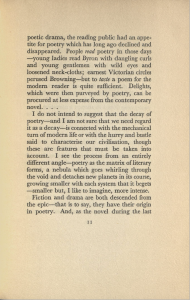
section on time
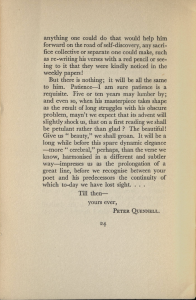
End of Quennell’s letter to Woolf



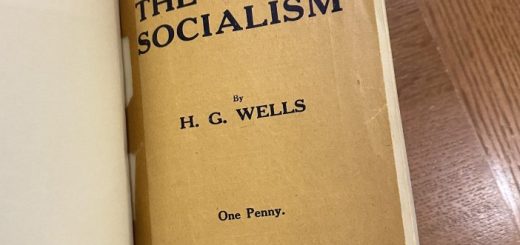




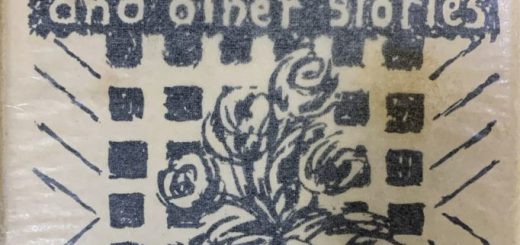
Recent Comments